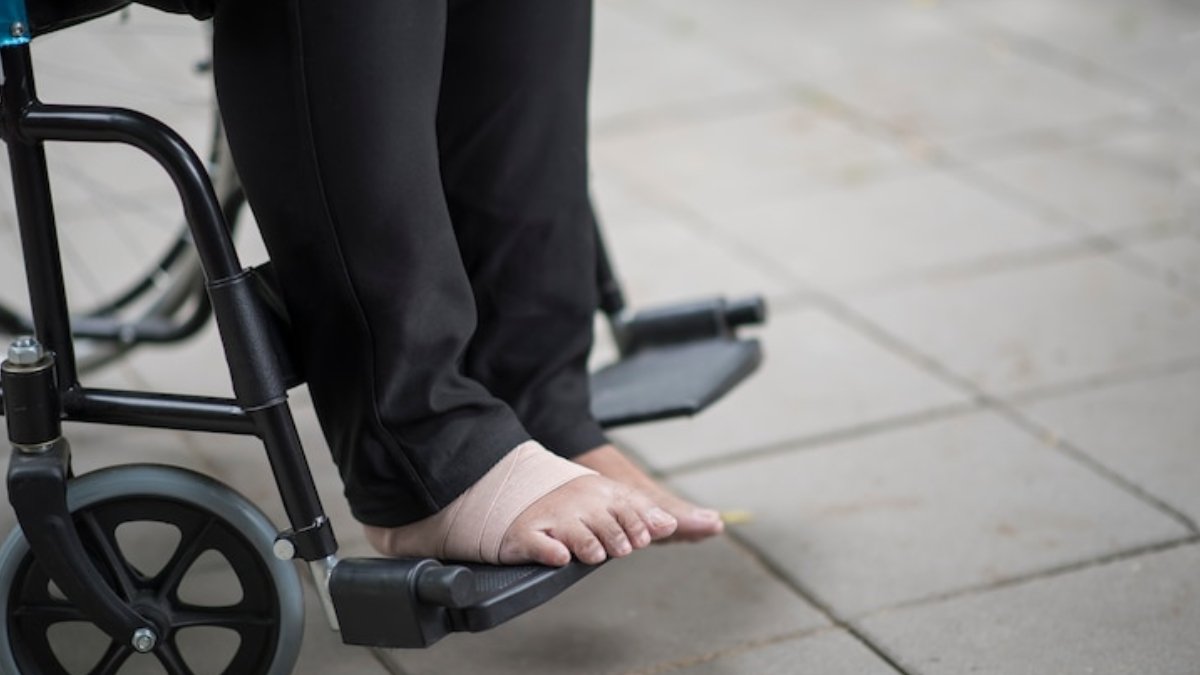Ankle pain is a frequent problem caused by a number of circumstances. It can be a result of a traumatic injury, such as a sprain or fracture, or due to overuse, arthritis, or a medical condition like gout. Regardless of the cause, ankle pain can limit your mobility and affect your daily activities. Here’s everything you need to know about ankle pain, its causes, symptoms, and treatment options.
CAUSES OF ANKLE PAIN
A variety of reasons can contribute to ankle pain, including:
Sprains and Strains: A sprain occurs when the ligaments that connect the bones in the ankle are stretched or torn. A strain occurs when the muscles or tendons in the ankle are stretched or torn. Both sprains and strains can cause ankle pain, swelling, and bruising.
Fractures: A fracture in the ankle bone can occur due to a traumatic injury, such as a fall or impact. Symptoms of a fracture include pain, swelling, bruising, and difficulty walking.
Arthritis: Arthritis can cause inflammation and pain in the ankle joint, making it difficult to move. Two prevalent forms of arthritis that can affect the ankle joint are osteoarthritis and rheumatoid arthritis.
Tendinitis: Tendinitis occurs when the tendons in the ankle become inflamed due to overuse or injury. This might result in ankle pain, oedema, and stiffness.
Gout: Gout is a type of arthritis that occurs when uric acid builds up in the joints, causing pain and inflammation. It commonly affects the ankle joint.

SYMPTOMS OF ANKLE PAIN
The symptoms of ankle pain can vary depending on the cause. Some common symptoms include:
- Pain and tenderness in the ankle
- Swelling and inflammation
- Bruising and discolouration
- Stiffness and limited range of motion
- Difficulty walking or standing
- Ankle or foot numbness or tingling
TREATMENT OPTIONS FOR ANKLE PAIN
The treatment options for ankle pain depend on the cause and severity of the pain. Some common treatment options include:
- Rest: If the pain is caused by overuse or a minor injury, rest can help reduce the pain and inflammation.
- Ice and Heat: Applying ice to the ankle can help reduce swelling and pain. Heat therapy can also help relieve pain and stiffness.
- Compression: Wrapping the ankle with a compression bandage can help reduce swelling and provide support.
- Elevation: Elevating the ankle above the heart level can help reduce swelling and promote healing.
- Physical Therapy: Physical therapy can help improve strength, flexibility, and range of motion in the ankle.
- Medications: Over-the-counter pain medications like ibuprofen or acetaminophen can help relieve pain and inflammation. Prescription drugs may be required in some cases.
- Surgery: In cases of severe ankle injuries, surgery may be necessary to repair the damage.

PREVENTING ANKLE PAIN
Preventing ankle pain is possible by taking the following steps:
- Wearing proper footwear that provides support and fits well.
- Maintaining a healthy weight reduces stress on the ankle joint.
- Stretching and strengthening the ankle muscles to improve flexibility and stability.
- Avoiding high-impact activities that can cause injury to the ankle.
- Using proper techniques during sports and exercise to reduce the risk of injury.
Ankle pain can be caused by a variety of factors, and the treatment options depend on the cause and severity of the pain. Rest, ice, compression, elevation, and physical therapy can help relieve pain and promote healing. It’s important to take steps to prevent ankle pain. To know more about ankle pain and to treat your ankle pain visit Specialty Care Clinics, call us now.
